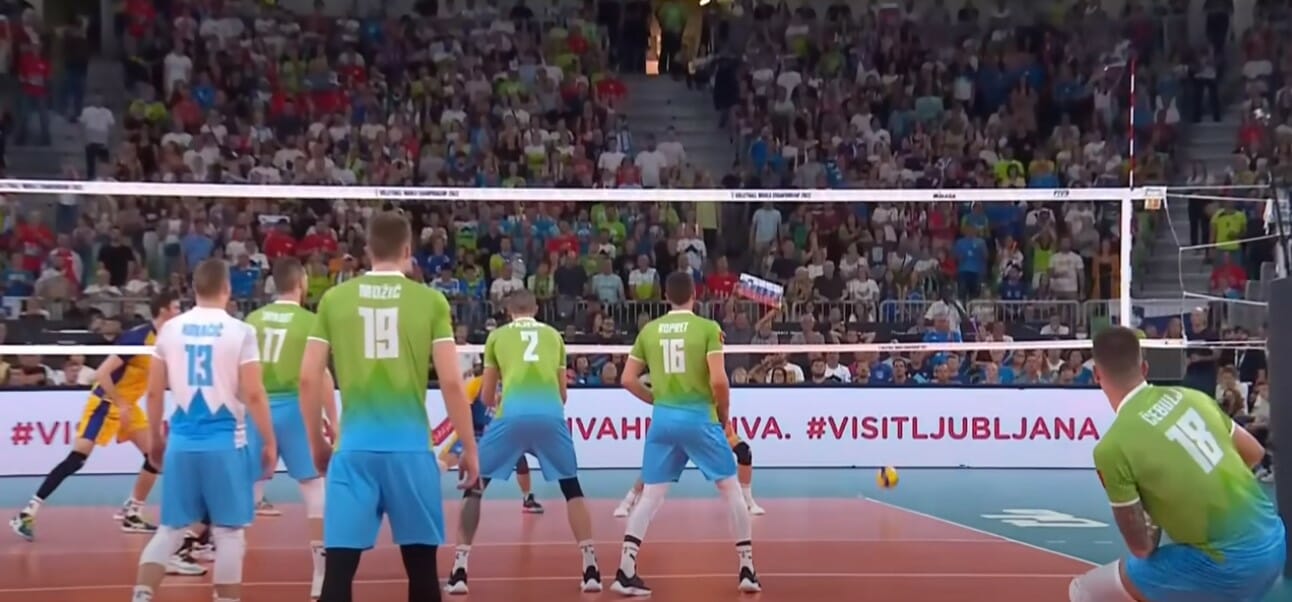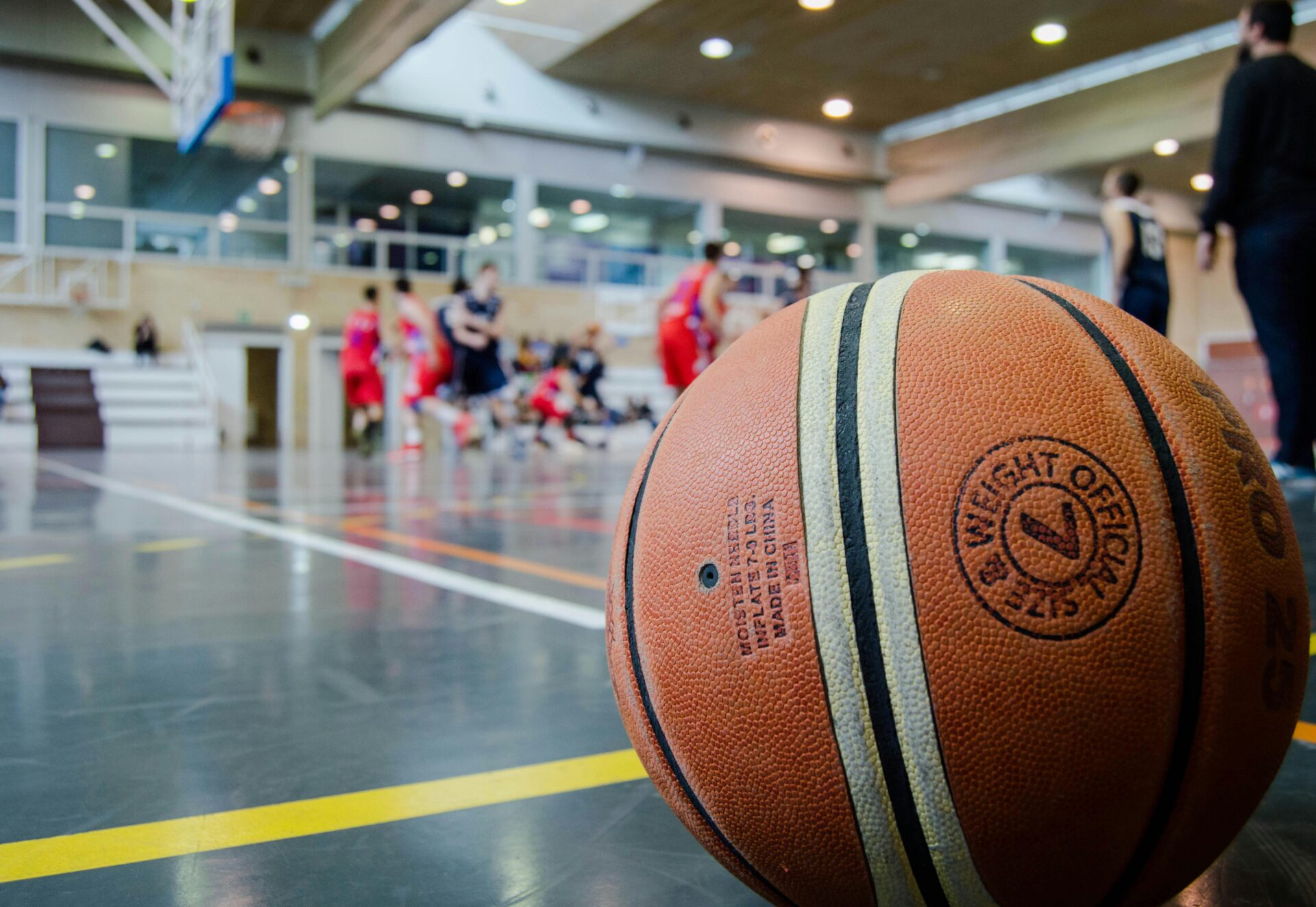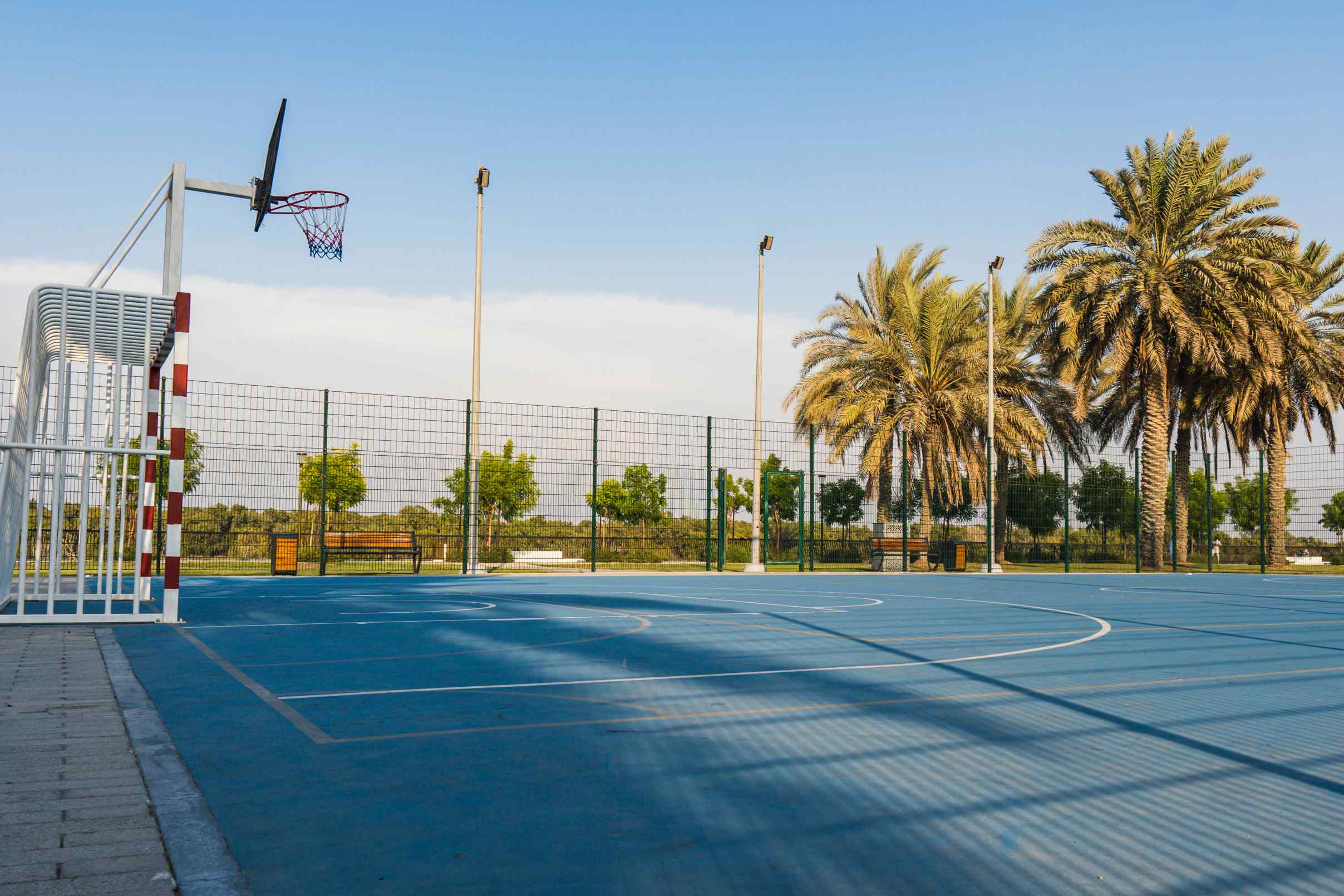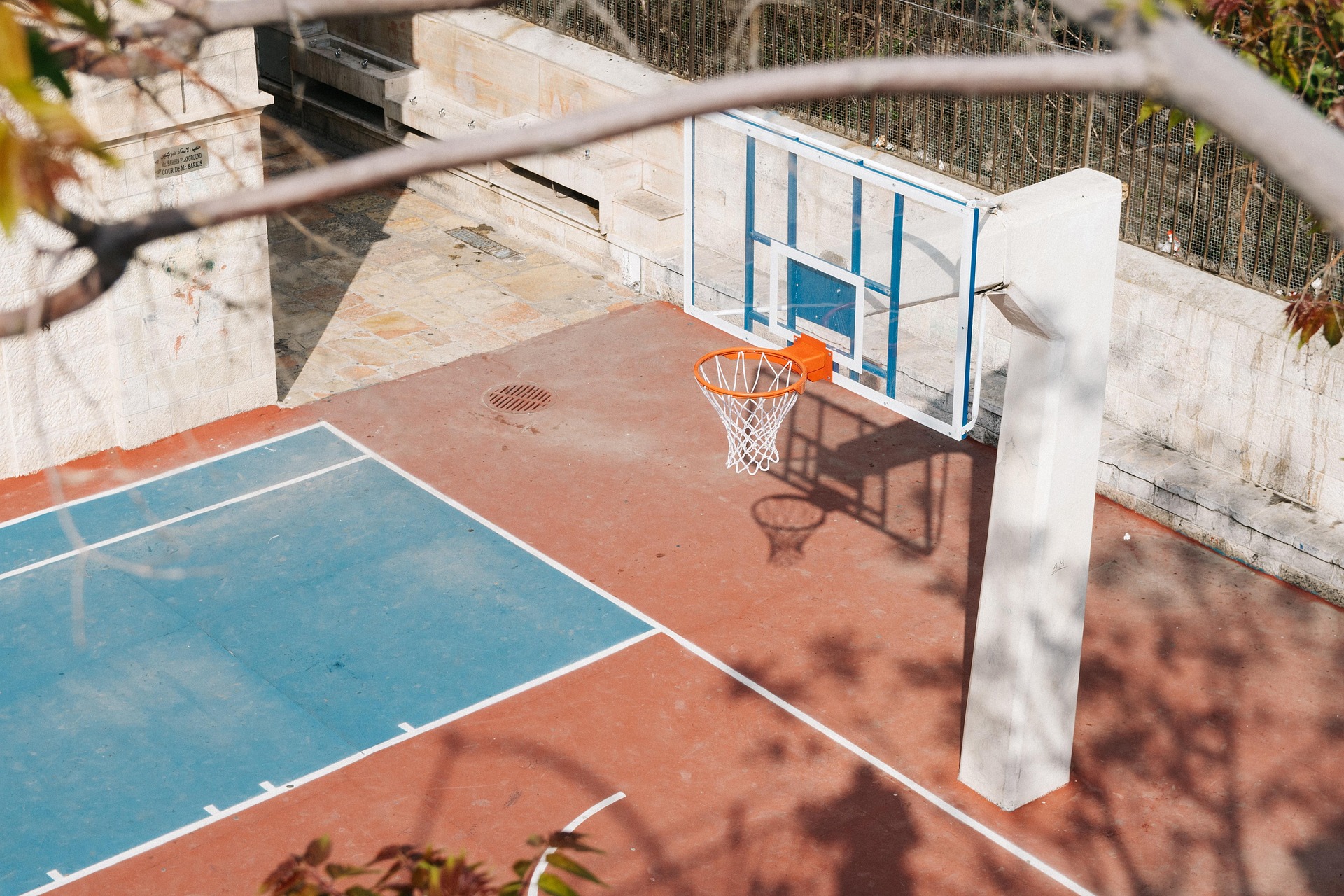Volleyball is a fast-paced, exciting sport with many different elements; in the world, volleyball requires players to have a combination of agility, technique, and power to succeed.
One key skill set that separates the best players from the rest is the ability to ace. But just what is an ace in volleyball? And how do players go about achieving it? This complete article will provide you with everything you need to know about aces in volleyball.
From the basic definition to advanced techniques and strategies, this article will equip you with the knowledge you need to take your game to the next level.
So, keep reading what is an ace in volleyball, and get ready to ace your game.
Understanding the Basics of Volleyball
In the exciting game of volleyball, an ace is a highly coveted achievement that can turn the tide of a match. It occurs when the serve is executed so skillfully that it directly results in a point for the serving team. Here we will look into the concept of an ace in volleyball, exploring its different forms and discussing its impact on the game.
What Defines an Ace?
Ace is a term used in various ways, but the most popular one is the no-touch ace. It occurs when the server executes a strong and accurately aimed to serve that lands within the opponent’s court boundaries without being touched by any opposing team member.
This results in an immediate point for the serving team, giving them an edge in the game. Furthermore, an ace can also be awarded if the receiving team unreturned the serve.
The serving team is credited with an ace regardless of whether the opposing team can touch the ball but cannot send it back over the net once it has been touched. This highlights the significance of a strong and strategic serve that puts pressure on the opposing team, making it difficult for them to return the ball effectively.
The Impact of Aces
In volleyball, aces hold great importance as they can substantially impact the course of a match. When a player is able to execute an ace, it not only results in a point for their team but also provides a boost of energy and confidence. This positive outcome motivates the serving team, inspiring them to maintain their strong performance and remain in control of the game.
On the other hand, aces can cause a discouraging impact on the opposing team as they may feel dismayed due to their incapacity to safeguard against a forceful serve or frustrated by their failure to send the ball back.
Aces can interrupt their tempo, compelling them to reorganize and plan anew to counter the dominance of the team serving. The psychological impact of aces frequently results in a transition of momentum, which favors the team that carried out the effective serve.

The Importance of Aces
In volleyball matches, aces significantly impact the team’s performance as they assist in boosting the team’s score and narrowing the point gap between the two teams.
Aces are essential as they enable the serving team to obtain a point without engaging in a rally, which serves as a “free point.” This gives the serving team an advantage and puts the opposing team under pressure to quickly regroup and respond to the challenge.
Attaining a superior ace percentage demands unwavering practice and a concentrated approach. Athletes who devote their time and energy to honing their serving abilities can emerge as indispensable contributors to their teams.
Through constant delivery of strategically positioned and forceful serves, they can amplify their prospects of scoring aces and establish a solid basis for their team’s triumph.
Overall, an ace in volleyball represents a significant achievement that can greatly impact the outcome of a match. Whether it is a no-touch ace or an unreturned serve, the successful execution of a powerful and strategic serve provides the serving team with a valuable point and a boost in momentum.
How Long is a Volleyball Game?
Different Types of Volleyball Serves.
An important aspect of volleyball is serving, which is one of the most important aspects that can make a significant difference in the outcome of a match. There are many ways to serve that players are able to employ, each with their own unique characteristics and strategic advantages.
This part will explore the three most commonly used types of volleyball serves: topspin, float, and jump serve. Understanding these serves and practicing them regularly can elevate your game and increase your chances of success.
How Many Players on a Volleyball Team?
The Jump Serve: Elevating Your Game
The jump serve technique has become increasingly popular among volleyball players, particularly those at the advanced levels. This technique is similar to a back-row attack and involves approaching the service line from a distance.
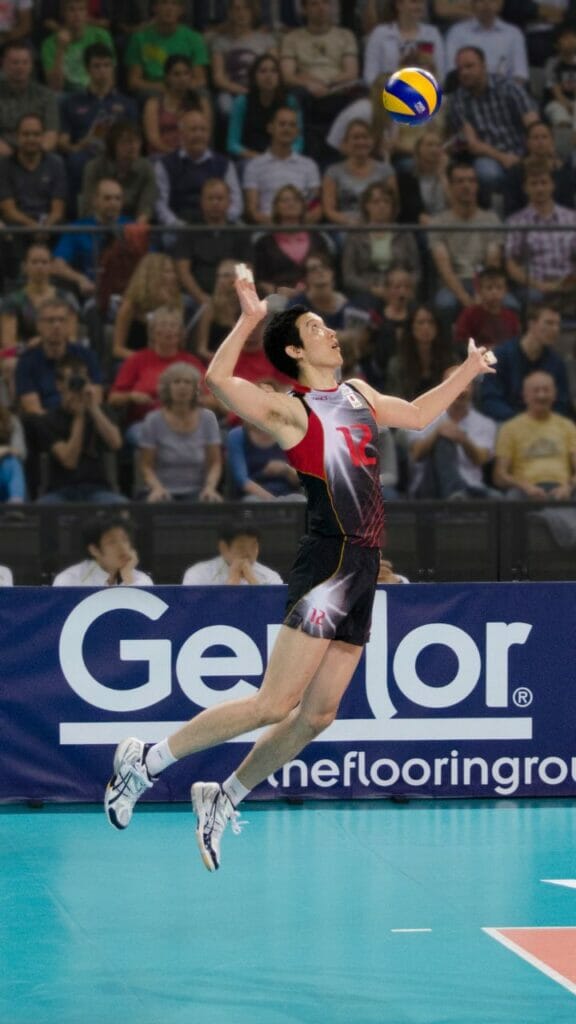
Successful execution of the jump serve requires the server to generate a significant amount of power and height to deliver a serve that can significantly impact the game.
Players can choose to employ two main types of jump serve: the jump float and the jump topspin serve. To execute a jump float, serve, the server initiates its approach and tosses the ball simultaneously.
This well-timed action enables them to build momentum and leap into the serve, generating a forceful, capricious float serve that tests the receiving team’s passing skills.
On the other hand, the jump topspin serve involves tossing the ball before starting the approach. This technique enables servers to produce significant topspin and force, amplifying the serve’s aggressiveness and making receiving more challenging.
The Topspin Serve: Adding Power and Precision
The topspin serve is an advanced and highly effective technique for serving in tennis. This technique involves using a snapping motion of the wrists, much like a spike, to attack the ball. The result is a ball that spins and dives to the floor after crossing the net height.
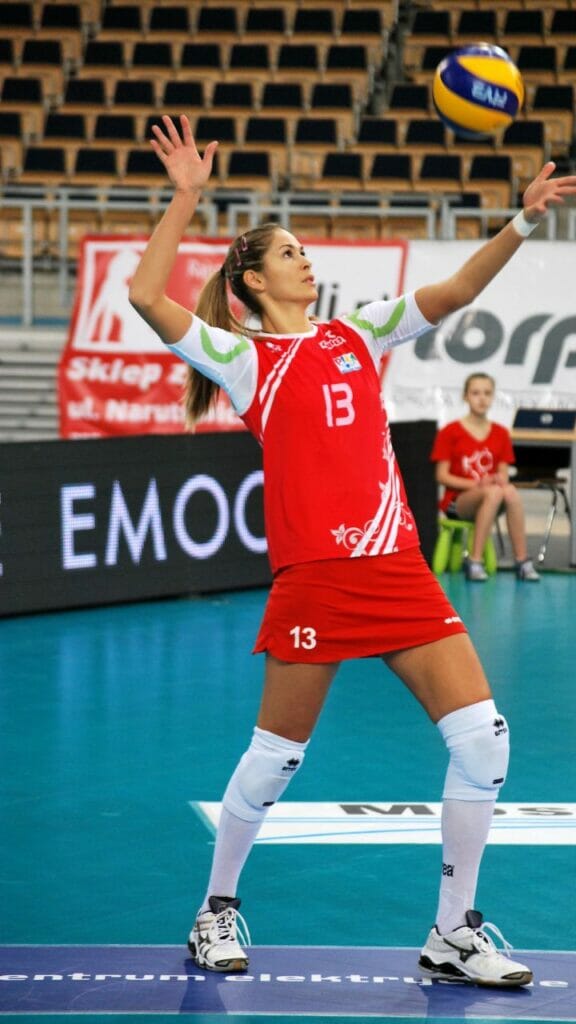
Players who use the topspin serve must be precise in their aim and exert control over their serve’s strength to ensure the ball stays in bounds. By using topspin, servers can generate more power and add a downward trajectory to their serves, making it more difficult for the opposing team to return the ball.
The Float Serve: Unpredictability and Difficulty
The float serve is a frequently employed and deceiving technique that poses challenges for the receiving team. As opposed to the topspin serve, the float serve is executed with a sturdy wrist in a motion similar to a high-five. It does not have any spin, resulting in the ball’s erratic movement in the air.

The absence of rotation makes it difficult for the opponents to predict the ball’s path and pass it effectively. The float serve’s elusive qualities and understated actions may catch the receiving team by surprise, leading to a higher probability of an ace or a feeble return.
It is Important to Practice and Persevere
Becoming proficient in any of these serving styles requires dedicated practice and perseverance. A reliable and powerful serve can make a significant difference in your performance on the court.
By committing to regular practice and honing your technique, you can elevate your serving abilities, boost your chances of scoring an ace, and make valuable contributions to your team’s triumph.
It’s important to remember that perfecting your serve is an ongoing journey that requires time and effort. You might even create a legacy in the record books with dedication and hard work.
Overall, Mastering the different types of volleyball serves is an essential skill for any player looking to excel in the sport. The topspin, float, and jump offer distinct advantages, ranging from power and precision to unpredictability and difficulty.
By understanding the mechanics and strategic applications of these serves and devoting ample time to practice, players can elevate their serving game and become formidable assets to their teams.
Understanding Different Scenarios of Aces in Volleyball.
It refers to a serve that directly results in a point for the serving team. While “ace” may seem straightforward, it encompasses various scenarios that can be categorized into two main types: no-touch and regular. This section will look into these types, providing a comprehensive understanding of what qualifies as an ace in volleyball.
No-Touch Ace: The Classic Definition.
The no-touch ace is a common type of ace in volleyball that is widely acknowledged and follows the traditional form. The server performs a serve that lands within the opponent’s court boundaries, and none of the opposing team’s players make any contact with the ball.
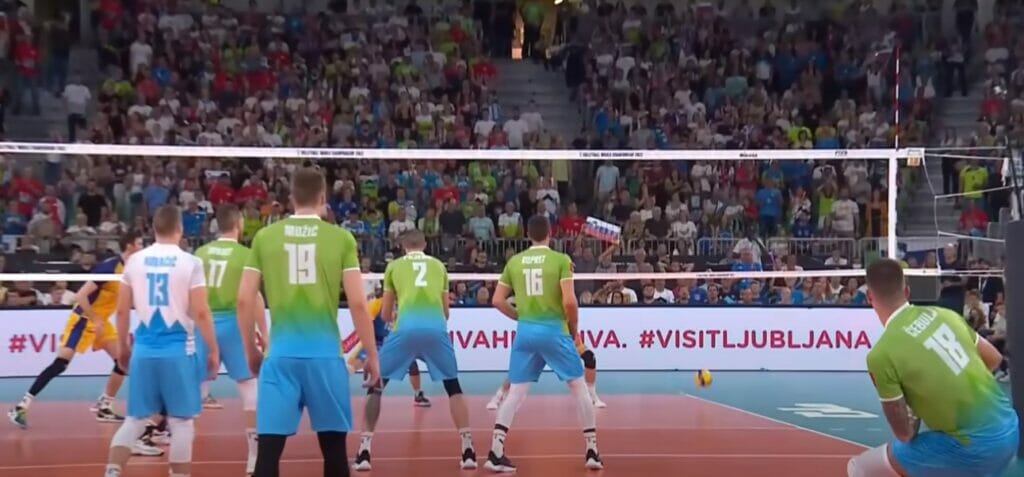
This type of ace can be accomplished using various serving techniques, but it is usually seen in matches with float serves that move back into the court without any touch. Underhand serves and topspin serves are also used to achieve this type of ace.
A Regular Ace: Embracing Variations
The regular ace is a comprehensive term in volleyball that includes all other types of aces. It covers instances when a serve leads to a point directly or when the other team fails to return the ball. There are several scenarios that can be considered as a regular ace.
Firstly, a regular ace occurs when the receiving player is unable to pass the serve effectively, causing the ball to bounce outside of the court boundaries, onto the ground, or into the net.
No matter whether the receiver’s pass crosses the net and lands outside of the server’s side, the point still counts as an ace. This results in an end to the point and a win for the serving team.
Furthermore, a common ace is granted when the official identifies a rule infraction by the player receiving the ball. This can encompass situations such as lifts or double hits, which could differ based on the referee’s assessment during every match.
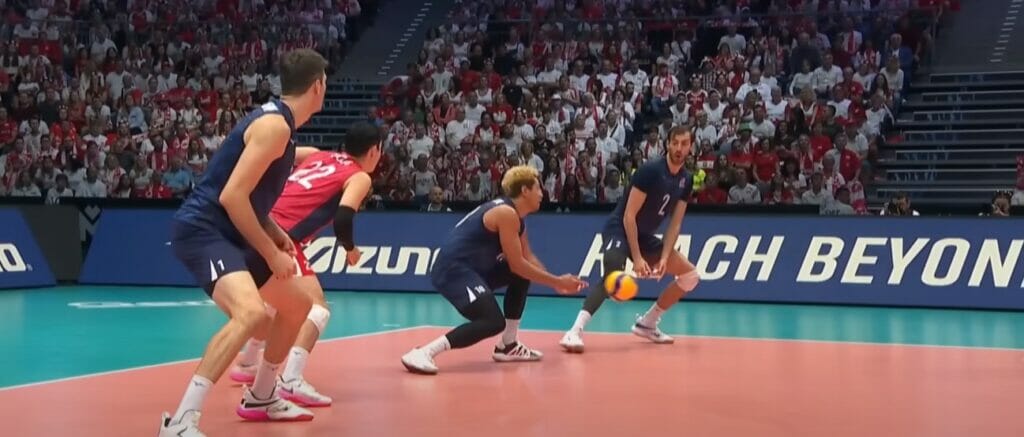
To illustrate, in the event of the ball hitting the receiver’s arms and chest during a serve, a majority of referees would not consider it a double hit. Yet, if the player were to self-pass the ball, it would be seen as a double hit and award an ace to the team serving.
Both types of aces in volleyball are impressive feats that require skill, precision, and strategy. They are direct points for the serving team and can shift the momentum of the game. Aces can also put pressure on the receiving team, causing them to make mistakes and giving the serving team an advantage.
Understanding What Doesn’t Count as an Ace.
In the exciting game of volleyball, an ace is a highly sought-after achievement that can greatly impact the momentum of a match. However, there are certain situations that may be mistaken for an ace but do not actually count as one.
This section clarifies these misconceptions and clarifies what does not count as an ace in volleyball.
Rotational Fault: Not an Ace
One common misconception is that a rotational fault counts as an ace. A rotational fault happens when a team is not in the correct rotation when the server starts. When this occurs, the referee will halt the game, blow the whistle, and give the opposing team a point.
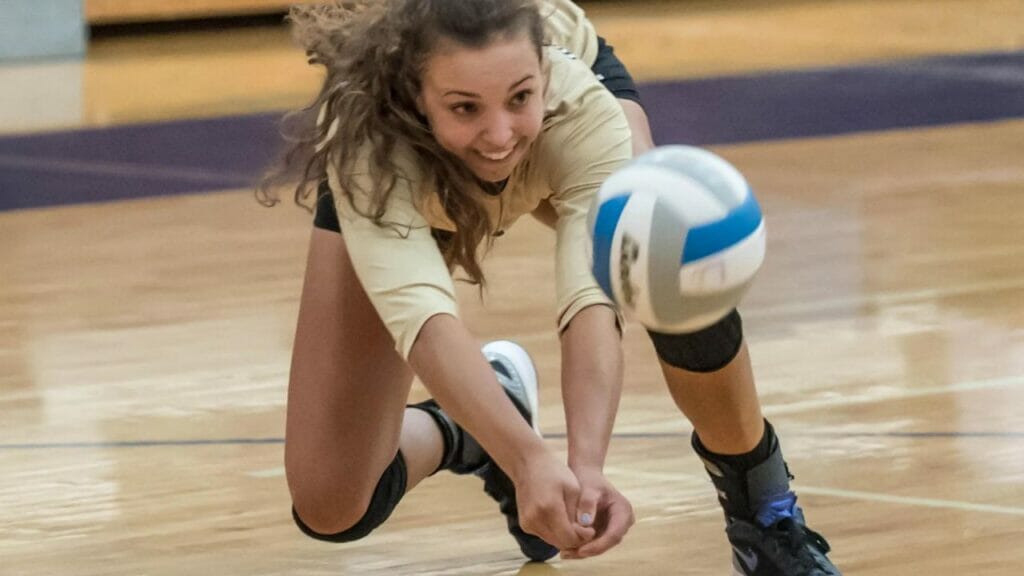
It’s imperative to acknowledge that this isn’t an ace. Although the server’s action might mislead spectators into thinking that it’s an ace, it’s, in fact, due to the rotational fault. Understanding this differentiation is essential to accurately comprehend the scoring of the game.
A Multiple-touch Unreturned Ball is Not an Ace
Another situation often misconstrued as an ace is an unreturned ball with more than one touch by the receiving team. However, this scenario does not technically count as an ace, even though it fulfills the requirement of resulting in a point.
The reason is that the point is mainly attributed to the errors made by the receiving team rather than the skill of the server.
When the receiving team touches the ball more than once, the server no longer has control of its trajectory or outcome. Therefore, even though it results in a point, this situation does not meet the criteria for an ace.
Scored or Returned by the Receiving Team: Not an Ace
It is important to note that in volleyball, a successful return of the ball over the net or a point scored by the receiving team cannot be considered an ace.
To clarify, an ace is defined as a serve that directly leads to a point for the serving team, devoid of any interference or successful defense from the receiving team.
If the ball is played back over the net successfully or the receiving team scores a point, it cannot be classified as an ace. Understanding what does not count as an ace in volleyball is as important as recognizing what does.
By clarifying these misconceptions, players, spectators, and enthusiasts can more accurately understand the game’s scoring system and appreciate the true significance of a well-executed ace in volleyball.
Volleyball Requires a Good Surface
Volleyball is a popular sport that requires a smooth and flawless surface to play on. The surface of the court is one of the most important factors that can influence the quality of the game.
A good surface can help players to move quickly, jump higher, and land safely. In contrast, a poor surface can lead to injuries, reduced performance, and frustration.
If you are a Volleyball enthusiast, you might have already realized the importance of having a suitable surface to play on. Whether you are a professional or an amateur player, investing in a high-quality surface can make a big difference in your game. That’s where VMKON SPORTS COURTS come in.
VMKON SPORTS COURTS offers innovative and high-quality flooring solutions for indoor and outdoor home Volleyball courts. With their products, you can improve your athletic performance, increase stability, and enjoy affordability at the same time.
Our indoor Macwood court tiles are specially designed to provide a good grip and prevent slipping, allowing you to take your Volleyball game to the next level. One of the key features of VMKON SPORTS COURTS’ Volleyball court tiles is their durability.
These tiles are made of high-quality materials that withstand heavy foot traffic, harsh weather conditions, and frequent impacts. They are also resistant to chemicals, stains, and UV radiation.
As a result, you can enjoy playing Volleyball on your court without worrying about the wear and tear of the surface. Another advantage of choosing VMKON SPORTS COURTS is the ease of installation.
Their tiles are designed for quick and easy installation without the need for any special tools or skills. You can install them yourself or hire a professional to do it for you. This means that you can have your dream Volleyball court ready in no time.
VMKON SPORTS COURTS offers a variety of options to choose from, including different colors, patterns, and thicknesses. You can customize your court to match your preferences and style. Additionally, their tiles are easy to maintain and clean, which means that you can spend more time playing and less time cleaning.
In short, the surface of the court is a crucial factor in Volleyball. Choosing a high-quality and durable surface can help you improve your game, prevent injuries, and enjoy playing Volleyball for years to come.
Conclusion
an ace in volleyball is a powerful serve that lands directly on the opponent’s court without being touched by any of their players. It is a highly coveted play that can often give the serving team a significant advantage in the game.
Whether you are a seasoned player or a beginner, understanding the concept of an ace is essential to mastering the game of volleyball. By practicing your serve and aiming for accuracy, you can achieve the desired ace and lead your team to victory.
FAQs
Is an Ace 2 Points in Volleyball?
In volleyball, an ace is a serve that results directly in a point without the opposing team being able to return the ball. It is counted as one point and not two. So, an ace is not 2 points in volleyball.
How Do You Score an Ace in Volleyball?
In the game of volleyball, an “ace” takes place when a player serves the ball and the opposing team is unsuccessful in passing it.
This might occur when the ball reaches the ground without being touched or when it is deflected off of a passer in such a way that the team cannot manage a second touch.
A successful ace is a result of a well-placed and powerful serve that puts pressure on the receiving team’s passing skills.
Does Ace Exist in Volleyball?
Yes, the term “ace” does exist in volleyball. In volleyball, an ace is a serve that lands in the opponent’s court and results in a point without the receiving team being able to make a pass, set, and attack. It is a highly valued play that puts pressure on the opposing team and can quickly change the game’s momentum.

